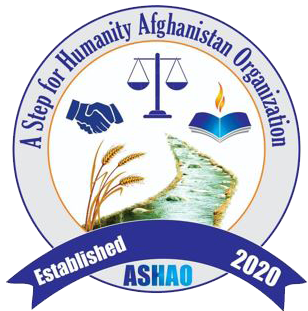Objectives of ASHAO
- Enhance Education Access and Literacy
- Increase educational opportunities and literacy rates, particularly for youth and women, to empower them with knowledge and skills essential for economic and social independence.
- Deliver Rapid Humanitarian Aid
- Provide timely, effective emergency support in response to natural disasters, conflicts, and crises, focusing on food assistance, winterization supplies, and medical aid to alleviate suffering and support recovery.
- Promote Women’s Empowerment and Gender Equality
- Advocate for and implement programs that enable women’s participation in economic, social, and decision-making processes, reducing barriers to gender equality.
- Support Agricultural Innovation and Food Security
- Improve food security by training farmers in sustainable agricultural practices, modern techniques, and access to markets, helping increase productivity and rural income stability.
- Strengthen Community Resilience
- Equip communities with resources and skills for disaster preparedness and resilience, supporting long-term stability and self-sufficiency in the face of challenges.
- Develop Sustainable Livelihood Opportunities
- Create vocational training and employment programs to reduce dependency and promote economic growth, empowering community members to build stable, independent lives.
- Provide Ongoing Support for Vulnerable Populations
- Ensure that orphans and other vulnerable groups have access to essential resources, education, and emotional support, fostering a safe and supportive environment for development.
- Increase Awareness of Health, Hygiene, and Rights
- Conduct educational campaigns to raise awareness of basic health, hygiene, and human rights, encouraging informed and healthy living within communities.
- Monitor and Evaluate Program Effectiveness
- Regularly assess the impact of all initiatives to optimize effectiveness, ensuring programs meet community needs and contribute to sustainable progress.
- Promote Environmental Sustainability
- Integrate sustainable practices into programs, including climate resilience initiatives, to protect the environment and mitigate risks associated with natural disasters and resource depletion.

